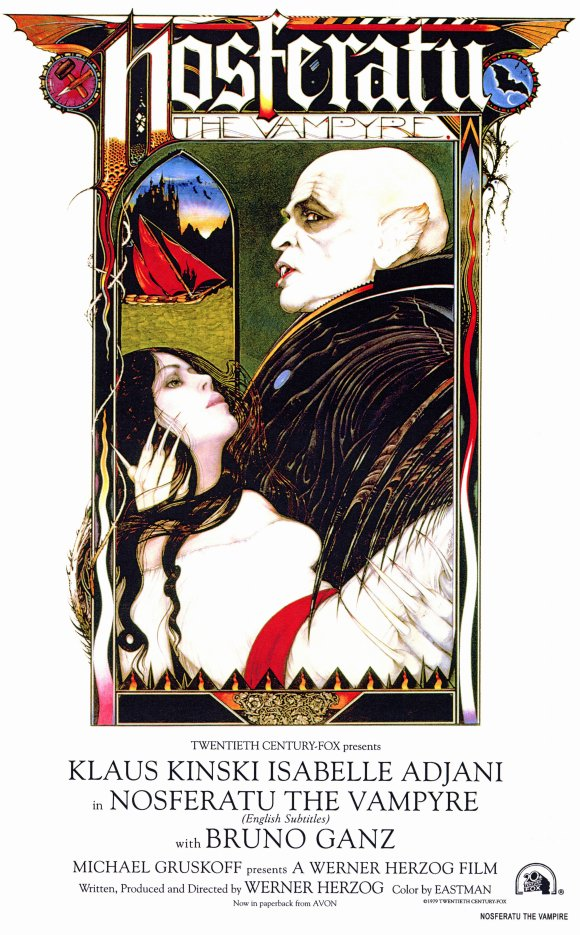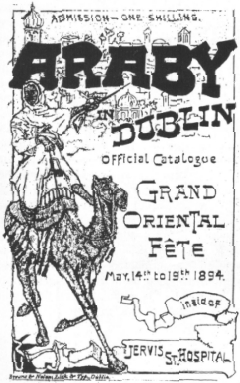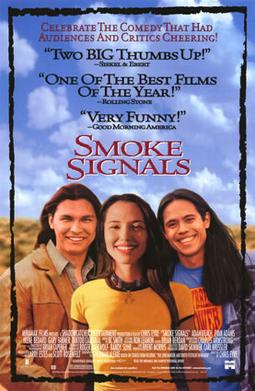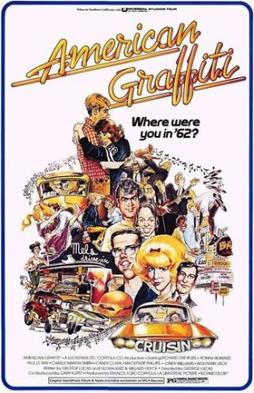Good afternoon :)
Just a reminder that I will be happy to look over your rough drafts -- if they arrive by 11:59 pm tomorrow. Let me know if I need to read for content, organization, grammar, or MLA. If you have taken EN 102 already, feel free to do a little research for this paper.
I hope that you are enjoying Murnau's Nosferatu. As I was walking home this afternoon, I realized how important plot is. Of course, symbols, theme, and setting are important. But plot is really important. Character isn't as important as the characters are really archetypes, rather than fully fleshed out characters.
Here are a few more questions for you.
-- Discuss the role that genre fiction or film plays in EN 190.
-- Discuss the role that plot plays in Nosferatu. Map the story along the narrative arc that Mr. Goodwin gave you. Consider any exposition, foreshadowing, or false closure. Would flashbacks have helped this story at all?
-- Discuss the role that narrative plays in Nosferatu. Consider that this film is presented as a story told by an unnamed individual (who has spoken to Hutter and the doctor). Compare this narration to the narration in "Cask of Amontillado," "Today's Demon: Magic," or "The Last Convertible." How does this narration help you? How does it hinder you?
-- Discuss the role that character plays in Nosferatu.
-- Discuss the role that visual elements play in Nosferatu.
-- Consider film as technology. How does this apply to Nosferatu?
-- Consider film as art. How does this apply to Nosferatu?
-- Consider film and literature. How does this apply to Nosferatu? (Consider the Stoker family's response to Murnau's film.)
-- Discuss the role that setting plays in Nosferatu.
-- Discuss the role that symbols play.
-- Consider that this film is Expressionist. How do the characters embody their extreme emotions? How do the sets support them?
-- What seems to be German about this film? (Feel free to speculate.)
-- Compare and contrast the film we saw with the pictures from the 1979 version.
-- Compare and contrast the film to graphic fiction. How does each genre add to literature? How does each distract from it?
-- Compare and contrast the film to short stories we've read. Which ones would you pair together? Why?
See you on Thursday!
Dr. Szlyk











